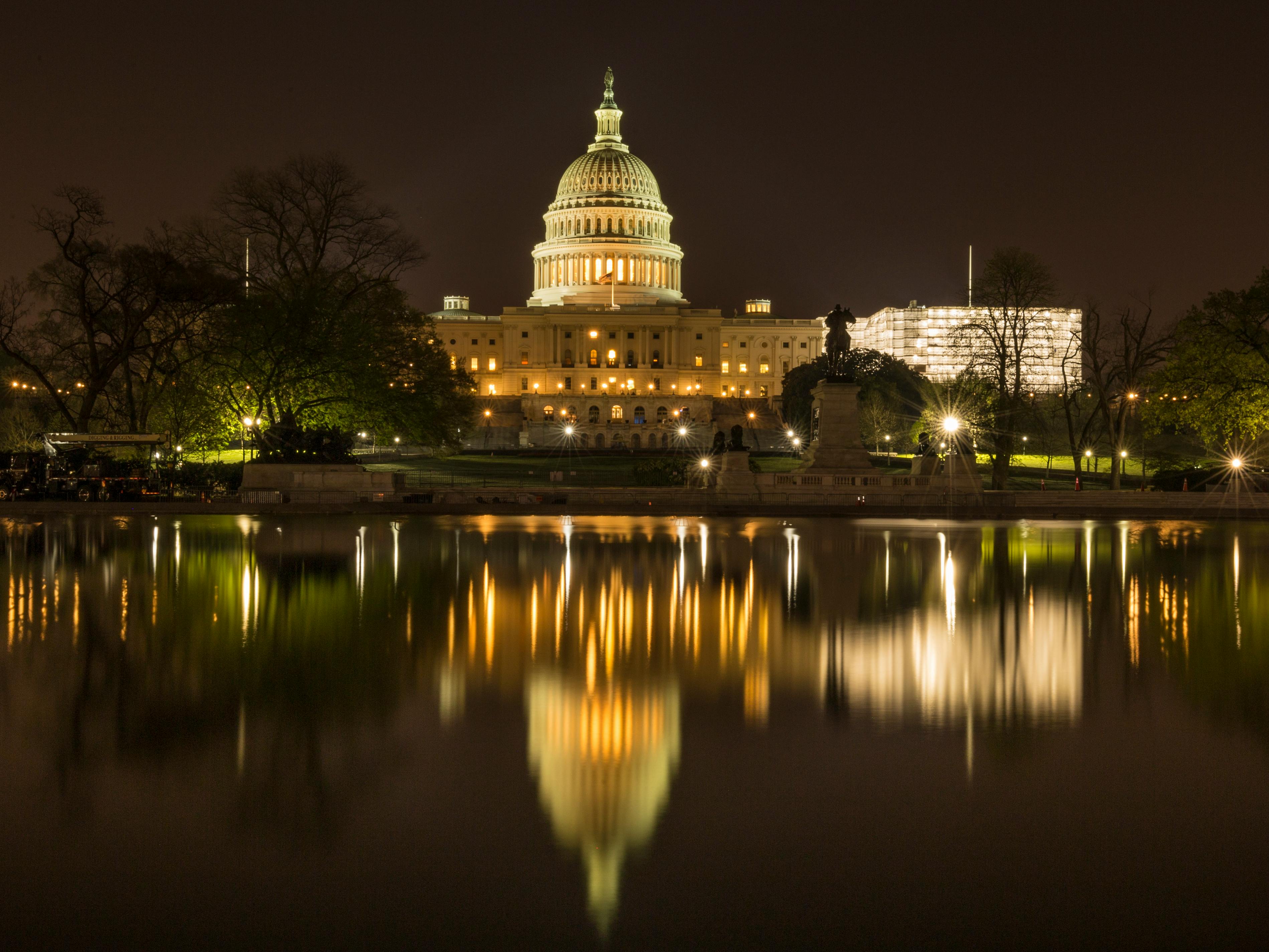





0
The federal government has officially entered a shutdown after the Senate was unable to secure enough votes to pass competing funding measures. Both Republican- and Democrat-backed proposals collapsed late Tuesday, leaving hundreds of thousands of federal workers in limbo and sparking fresh political confrontation.

Two Bills, No Agreement
Senate Republicans blocked a Democratic proposal that would have kept the government funded through October and extended federal health care subsidies expiring at year’s end. Meanwhile, Democrats refused to support a GOP-backed short-term plan that mirrored the House bill, which would have maintained spending at current levels until November 21. Both measures fell short of the 60-vote threshold required for passage.
Democrats insisted they would not approve any spending plan that excludes an extension of Affordable Care Act subsidies. Republicans, in turn, accused Democrats of leveraging the budget process to force unrelated policy concessions.
Shutdown Plans Activated
Following the failed votes, Office of Management and Budget Director Russell Vought instructed federal agencies to implement their shutdown procedures. Essential programs like Social Security, Medicare, Medicaid, and veterans’ benefits will continue, though recipients could face delays. Nonessential federal workers, however, will be furloughed without pay.
The Congressional Budget Office estimates roughly 750,000 government employees may be sidelined each day of the shutdown. Active-duty military and essential personnel such as air traffic controllers and TSA agents will remain on the job but may miss paychecks by mid-October. Past shutdowns have seen increased absenteeism as unpaid workers call out sick.
Programs such as the Supplemental Nutrition Program for Women, Infants, and Children (WIC) are also at risk of running out of funding soon, while uncertainty looms over whether national parks will stay open.
Political Standoff Intensifies
Both parties doubled down as the shutdown deadline passed. Democrats framed the dispute as a battle over health care protections. Senate Minority Leader Chuck Schumer accused Republicans of “plunging America into a shutdown” by rejecting bipartisan talks. Republicans, however, argue Democrats are prioritising partisan goals over keeping government running.
Majority Leader John Thune countered that Democrats had “sacrificed the American people to their political interests.” President Donald Trump suggested the shutdown could be used to cut federal programs and possibly fire workers, saying, “We can do things during the shutdown that are irreversible.”
What Comes Next?
Republicans have signaled they will continue to push votes on their stopgap funding measure, noting that a handful of Democrats and independents crossed party lines to support it Tuesday. GOP leaders believe more defections may follow if the shutdown drags on.
Democrats, however, remain firm on their demand to extend health care subsidies before agreeing to any temporary funding. Without a breakthrough, the shutdown could mirror or even surpass the record 35-day closure that stretched from late 2018 into early 2019.
For now, with no clear compromise in sight, Washington faces an uncertain standoff — and federal employees, service members, and families nationwide brace for the consequences.
Disclaimer: The information contained herein (1) is proprietary to BCR and/or its content providers; (2) may not be copied or distributed; (3) is not warranted to be accurate, complete or timely; and, (4) does not constitute advice or a recommendation by BCR or its content providers in respect of the investment in financial instruments. Neither BCR or its content providers are responsible for any damages or losses arising from any use of this information. Past performance is no guarantee of future results.
更多報導
